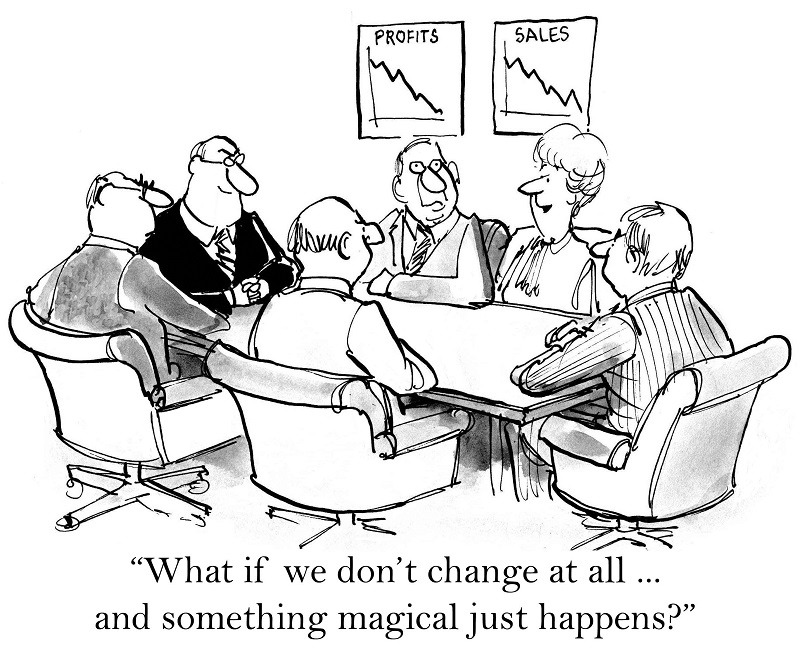
A while back, I started a project at a mammoth global client. They had just gone through a merger. Ok, not “just.” It had been five years – but you’d never have known it. The us/them dynamic between the two original companies was alive and well. Resistance to more change was rampant.
To make things more interesting, they were in the middle of a full SAP implementation. Anyone who has been through a big ERP project knows that it’s a huge change management effort, touching process, technology and people. No one looked ready. Management didn’t walk in the hallways; they ran. Everyone seemed breathless and unsure.
My team and I had been brought in to conduct a straightforward needs assessment workshop. Given the environment we encountered, I realized we had to change our plan. Soon after we started the first session, we put our agenda aside and listened. By the end of the session, they were in a more productive place. Here’s why.
They got it out.
The group was made up of employees from both original companies. They all had issues with the merger and with the imminent ERP. But it became clear that each person had vented only to those on “their own side.” For the first time in five years, the enemies looked at each other and spoke about the issues that had been troubling them. They had to say “you” instead of “they.” And after one perspective had been expressed, those on the other side had a chance to listen and respond.
They were able to focus on the differences that mattered.
By talking directly to each other, they were able to define their many differences. But then they saw that some of those differences weren’t relevant to what they wanted for the future.
They confessed.
At one point, someone mentioned that when he tested the new SAP system, he found what he considered to be glitches. He proudly described an intricate workaround he had put in place. His confession opened up a conversation; many others revealed that they had also constructed ways to get around SAP transactions and processes. This created a bond between the two sides. It also started an honest conversation about why workarounds would ultimately fail and keep them from what they wanted.
They had an epiphany.
They realized it couldn’t get any worse. The suffering of these two groups was real. They were working in a state of chaos, confusion and stress. I wondered aloud if maybe participating in the needs assessment and contributing to a good implementation might actually help. “Well, I guess it couldn’t make things worse,” said one participant. Another said, “Yeah. Let’s get this over with.”
Score!
While I can’t pretend they were enthusiastic about the big change ahead, there was a clear shift: from active resistance to reluctant positive movement. We hadn’t yet touched our agenda, but we felt we had accomplished a lot.



